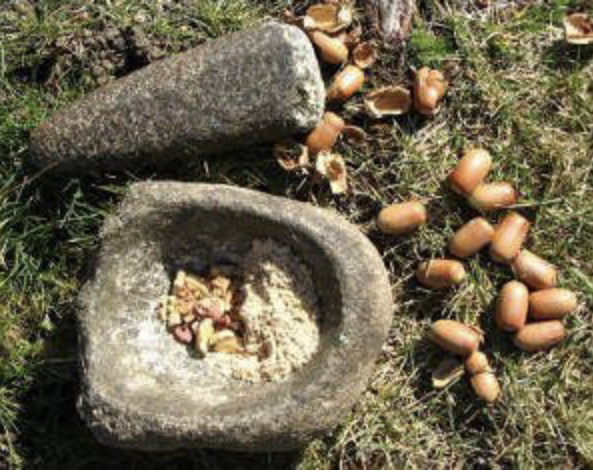
(source)
One of the opportunities I had during my time in California this winter was to harvest acorns and turn them into edible food. While staying with a friend in the Sacramento Valley, I was blown away by just how many acorns were just sitting underneath the big oak trees on the property.
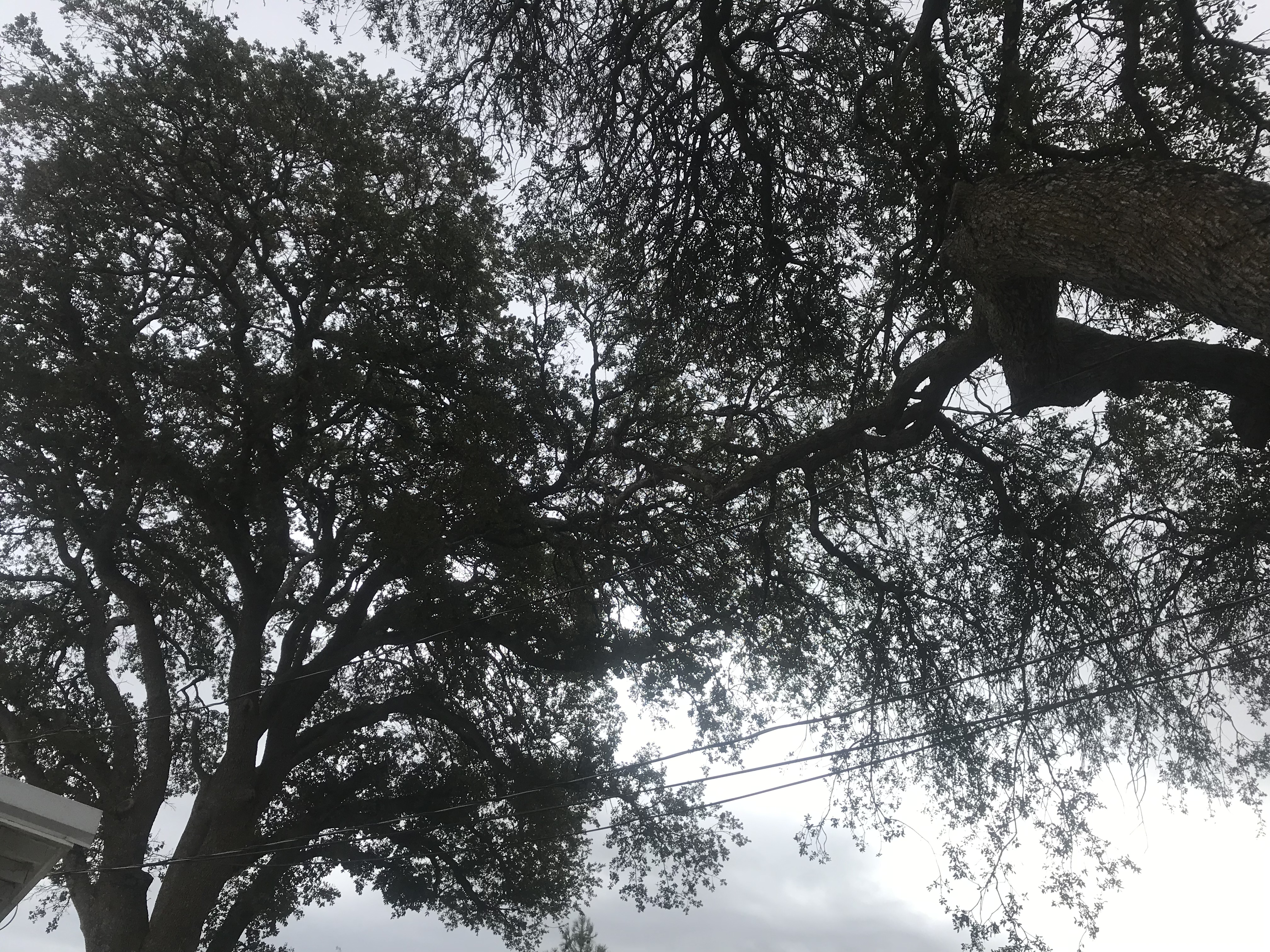
My curiosity immediately got the best of me, as I had heard the natives had utilized them as a food source, so the next thing I knew I was researching the ways in which acorns could be transformed into human food.
I had time on my hands, and there were clearly far more acorns then the squirrels were ever gonna eat, so if there was any way to harvest even just a fraction of this abundant food source, I was going to have to give it try.

Since I was a child, I’ve always had an interest in the more natural Native American ways of life, and the tools and techniques of survival now lost to modern society. I’ve always been fascinated by the ways in which mankind once lived in such harmony with nature on this land, and the many amazing tricks the various Indian tribes had to fully utilize all that nature provided, and it turns out acorns were no exception.
In short time I discovered that yes, acorns indeed are edible, but only after a fairly drawn out, time-consuming process of leaching out the tannins, which are apparently incredibly bitter, thus why most people don’t bother harvesting acorns. But for those willing to go through the process, anyone with oak trees around has access to a great free food source and can produce their own high-protein, nutty acorn flour or meal.
The most time-consuming step of the entire process is collecting all of the acorns off the ground and then cracking them all open and pealing the shells of the meat. I just raked up big piles, not bothering to separate all the nuts from the twigs and leaves until I processed them, and then shoveled them all into a bucket. Then the fun began, although to be honest it turned out to not be all that fun and more of an exercise in patience.
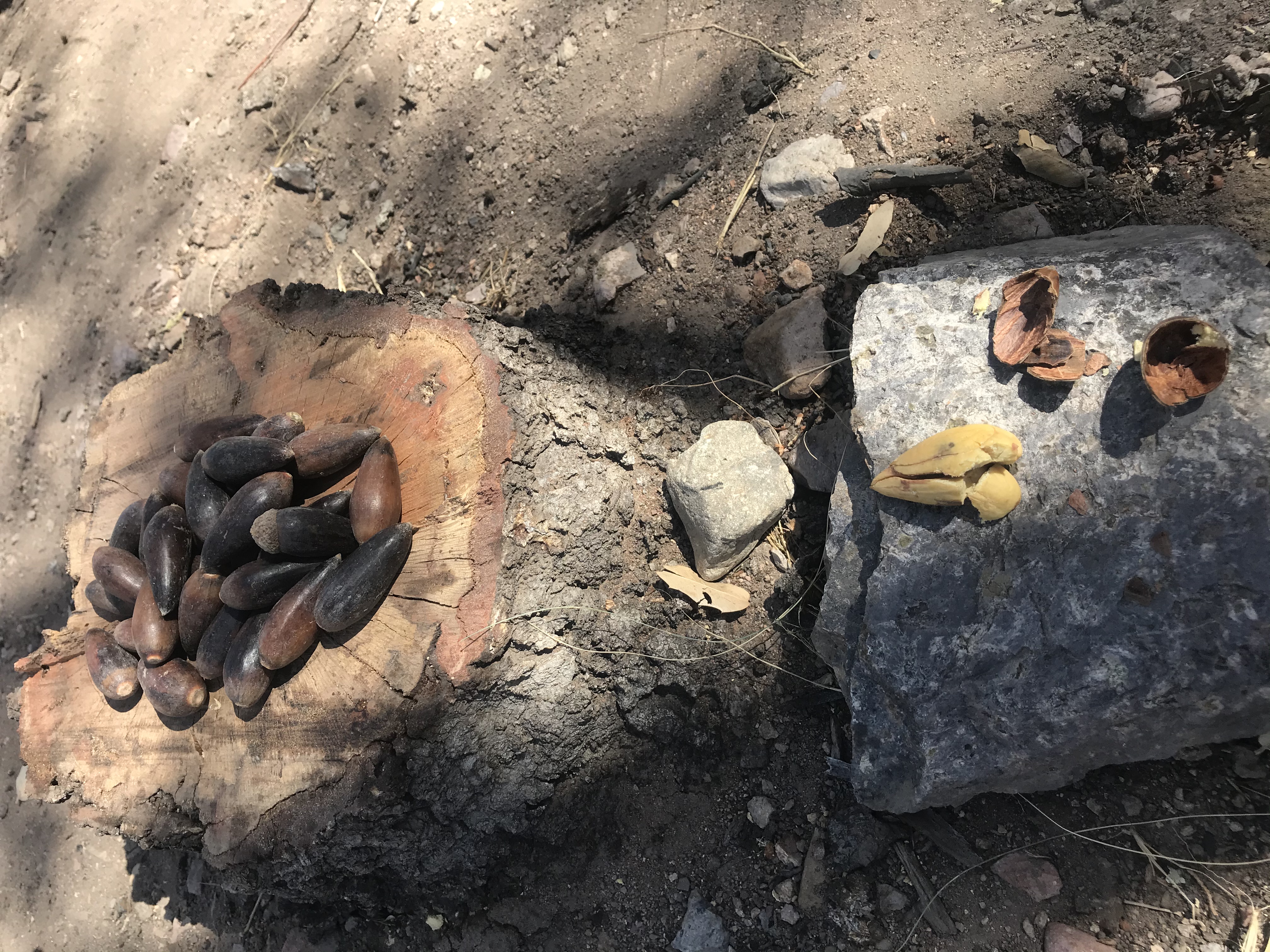
I ended up using a hammer to smash the shells open, and then peeled the shells off/picked the nuts out, one by one, until I couldn’t take the monotonous boredom any longer - but after a couple hours of de-shelling I had a decent pile of acorn nuts, and I was ready to begin turning them into edible food, the fun part!
Thankfully, everything is pretty easy from here on out, and doesn’t take much of your time either, mostly just a long waiting game. The next step is to take all of the acorn meat, throw it into a blender with some water, and blend it up into a mush. Or, for those without electricity or a blender, you could just soak them in a bowl for a couple of hours and then they should be soft enough to smash up by hand.
Then take the mush and through it into a container filled with water and let it soak overnight. I used a 5 gallon bucket and had a good inch or more of acorn mush covering the bottom.
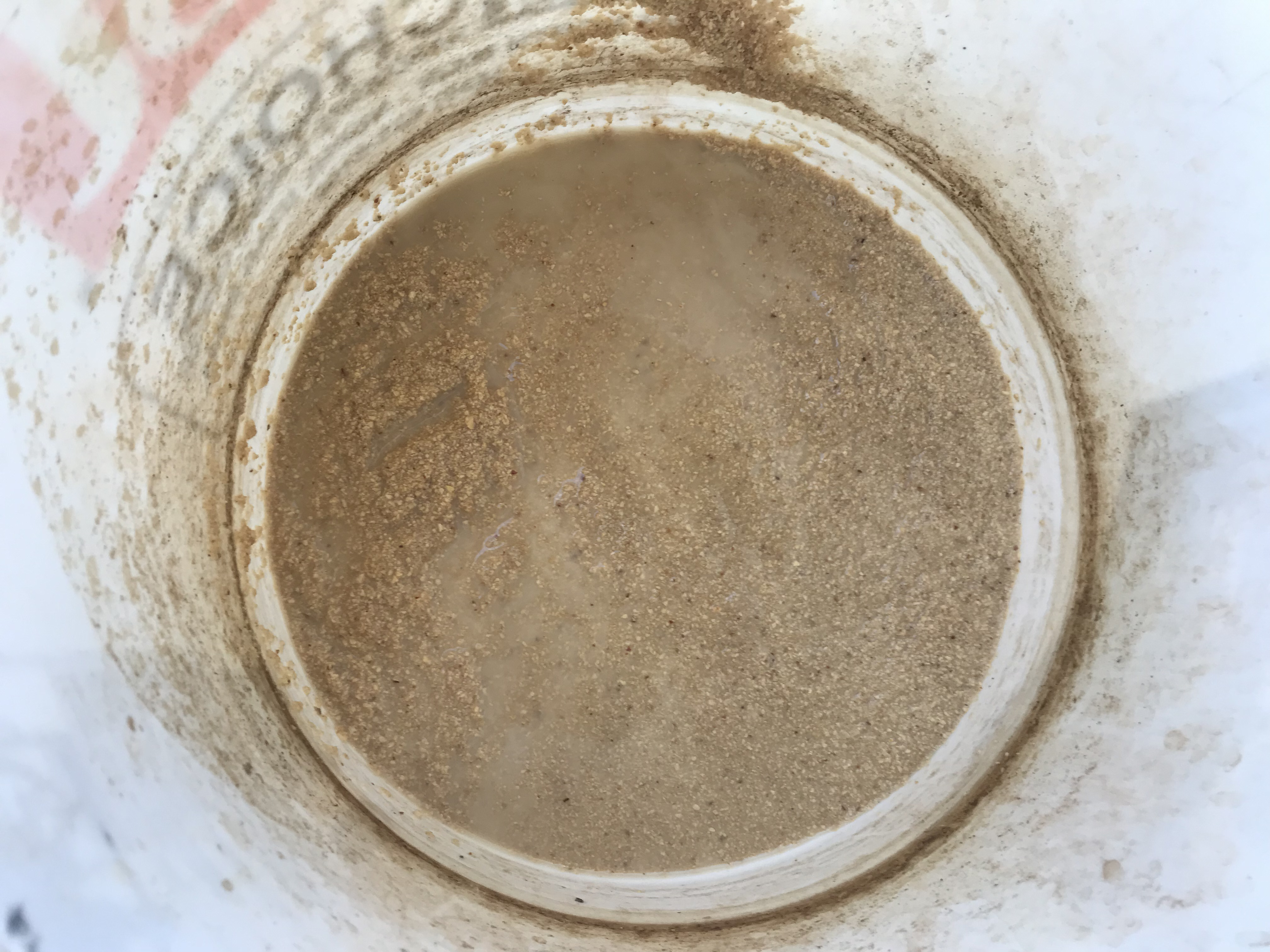
The bucket doesn’t need to be full, just several inches of water over the acorns. Then all you have to do is drain the water out each morning, careful not to pour any of the settled mush out along with it, and keep doing this once a day day, until the acorn meat no longer tastes bitter. This is how you know you’ve leached all of the tannins out. As the concoction sits, you’ll notice the water slowly turns from clear white to reddish brown, and this is due to the tannins leaching out of the acorn mush into the water.
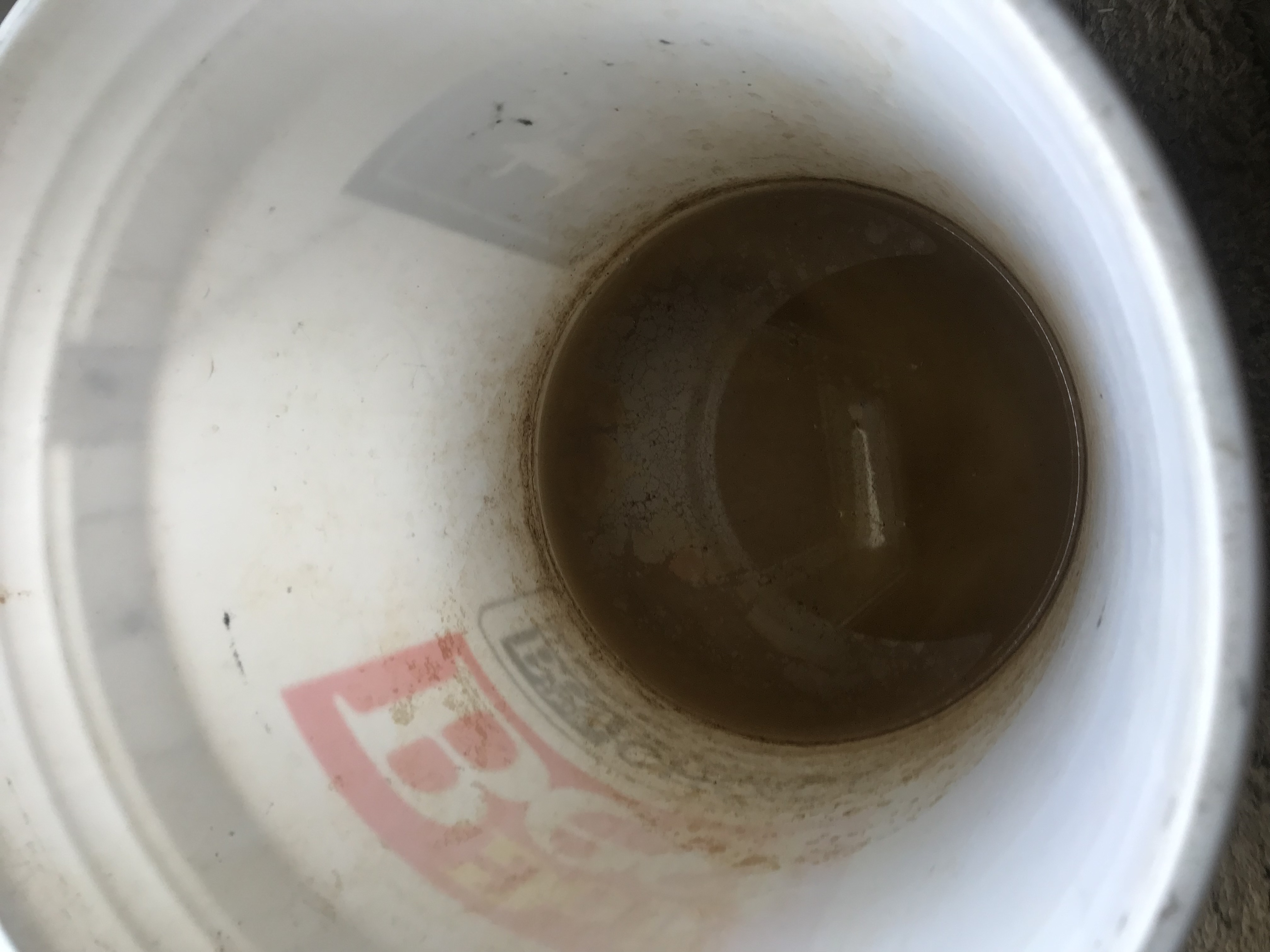
After a week mine was good to go, but how long this process takes depends on the time of acorns being used, as different types of oak trees produce nuts with various concentrations of tannins and also different sizes and flavors of acorns too. If I recall correctly, I was using white oak acorns, which are some of the ones least concentrated with tannins around, so other types might take closer to 10 days I would imagine or maybe even up to two weeks. Just start tasting the acorn pulp each day after five days or so, after draining and before re-filling with water, and when you’re not getting a bitter taste, you know you’re ready to proceed to the final steps.
And this is the funnest part, turning your acorn mush into the final product of useable flour or meal. It’s also really easy, and all you’ll need to finish up is some cheesecloth, a baking sheet and a jar to store it in. Just take the soaked acorn pulp and scoop it into the cheesecloth, then squeeze as much of the water out as you can. The more water you can squeeze out, the quicker it will dry out. You could probably also use any other type of cloth that won’t shed its material into your acorns in a pinch, such as a clean t-shirt, but cheesecloth is advisable and worked great for me. I had to do this three times due to the amount of acorn pulp I had, as I couldn’t fit it all into the cheesecloth at once.
Then just dump your acorn pulp onto your baking sheet and spread a thin layer out evenly over the surface of the pan. If you’re making a large batch, you may need multiple pans, and you probably don’t want a layer much thicker than a centimeter. Then just stick the pan(s) in the oven on a really low setting as you don’t want it to burn, I did 110 degrees, and just let it dry out.
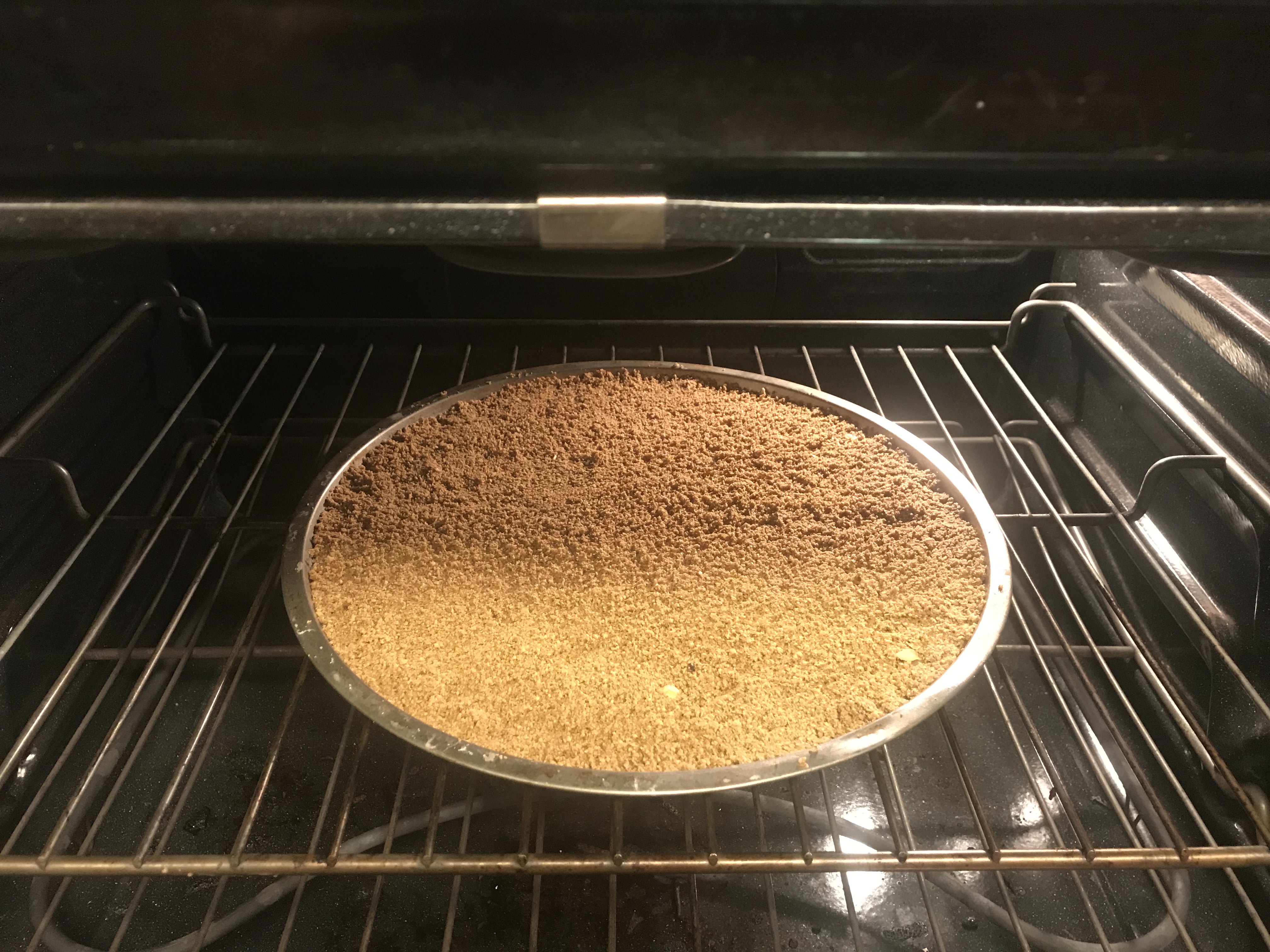
You could probably also use a dehydrator, and the sun would definitely work if it’s warm enough weather outside or if you have a nice sunny window location. Just make sure if drying outdoors that you take precautions to keep the wind from blowing it all away...
You may also want to stir after a couple hours to get any buried moisture up onto the surface. It only took mine about 5-6 hours in the oven before it was completely dry and I had my finished product of acorn meal, ready to scoop into a glass jar for storage.
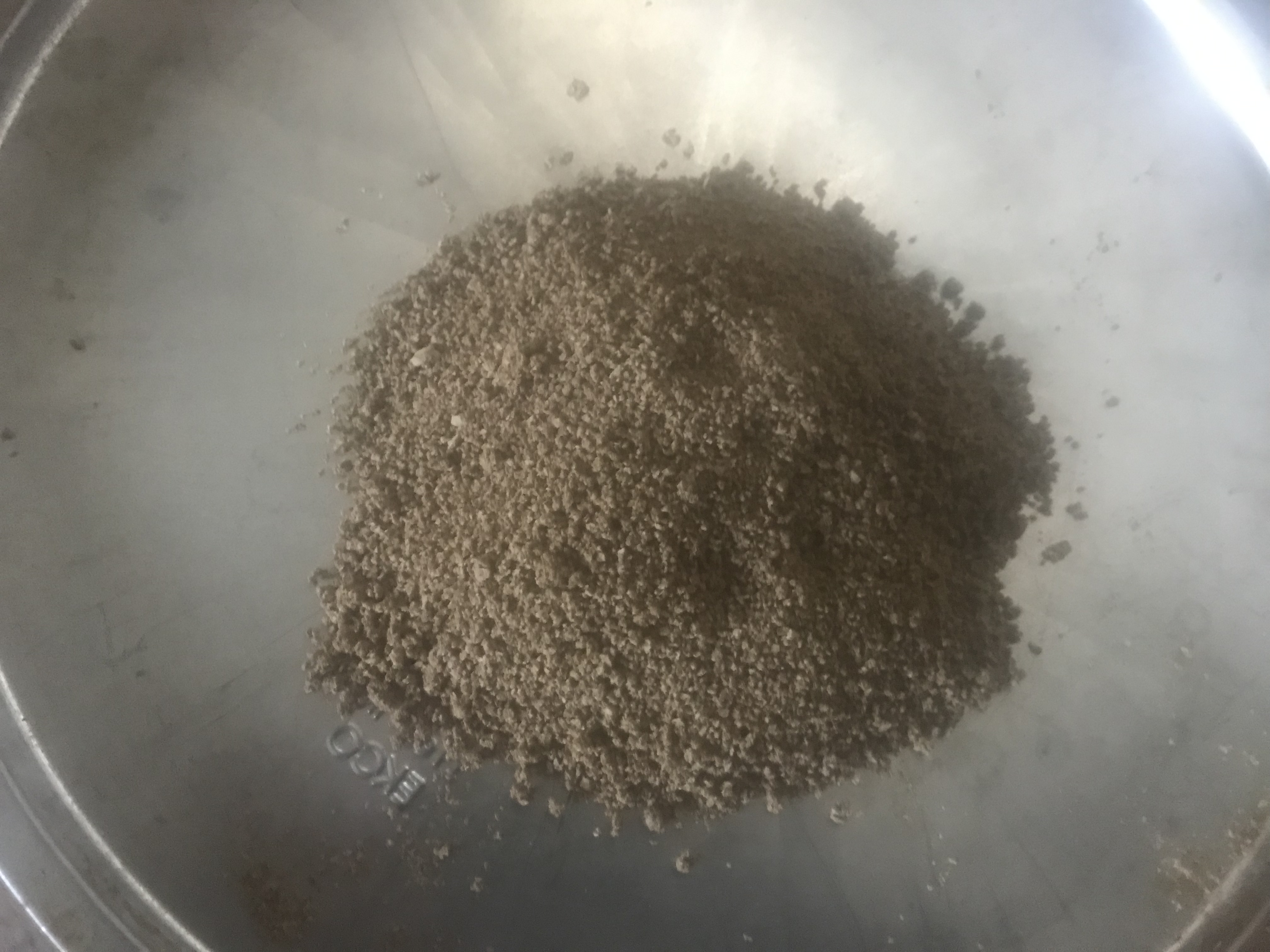
And now it’s ready for use in baking, and can even be eaten plain as a high protein snack.
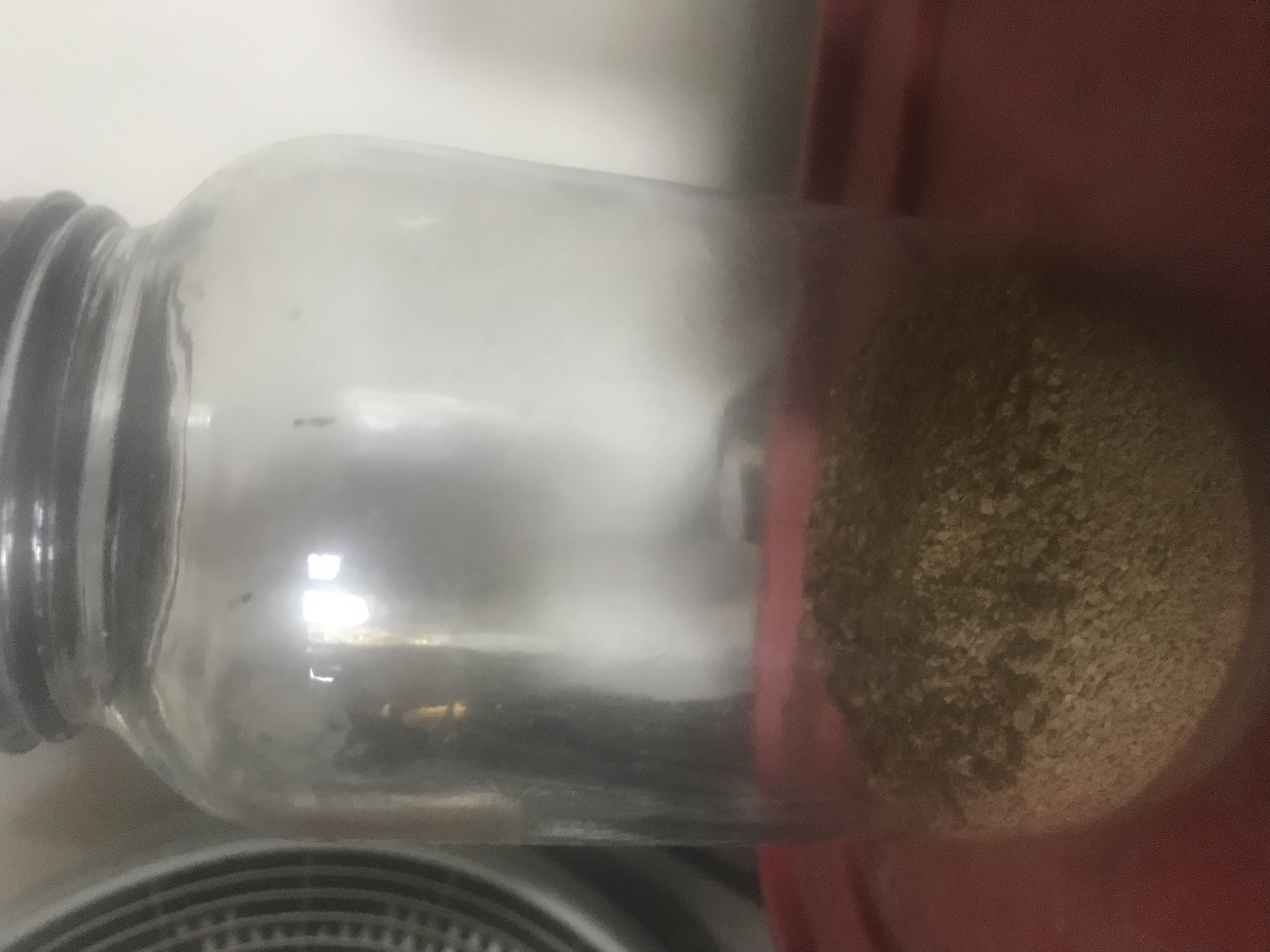
If you want flour, you’ll need to take the additional step of grinding the dry meal. If you make your own flour, you can easily use your wheat grinding equipment, and otherwise a coffee grinder should work well - just make sure it’s clean unless you want coffee flavored acorn flour!
It’s amazing how many acorns you’ll need to make a relatively small amount of meal, but I was impressed with the flavor, and the relative simple process apart from the initial cracking of the nuts. It had what I would describe as a slightly sweet and nutty flavor, not bland at all like I was anticipating. It was tasty enough to my liking to be eaten alone, but I used most of it for baking. The consistency is apparently such that it is not great for use in recipes alone as a wheat flour or corn meal substitute, although I’m sure one could figure out a way to use it as a primary ingredient. I mainly used it as an addition to pancake recipes, and it adds some protein, a nutty flavor, and a little crunch (if using meal). Depending on how much you add, nobody but you will even know they’re eating acorns in their bread or pancakes unless you tell them. There’s also a good chance that people with other nut allergies may not be allergic to acorns, but of course every person is different and I’d look into that myself if I had a nut allergy and was interested in experimenting with acorns.
All in all it was a fun learning experience, and although I didn’t get all that much acorn meal out of it, it’s good to know that there’s another widely available free food source out there all around the world that so many people have access to when acorn season rolls around. Plus it’s not one of those things you’ll have much of any competition for, so even public parks, neighbors’ yards and local woods could become a free food source for those with the time and will to put the work in. Not the most efficient source of food, time wise, but perfect for those with a little too much time on their hands looking for a project to keep them busy, and a great way to stay sane during lockdowns or periods of unemployment due to all the recent madness in our world. And a perfect supplement for any homesteaders working towards total self sufficiency, at least those with oaks on or near their properties.
Definitely good knowledge to have stowed away in our minds, at least in my book, and I hope at least some readers have found this info beneficial, as I believe sharing such experiences is one of the easiest way to expand our knowledge.
More information on acorns as a part of Native American heritage, processing including alternate methods of leaching tannins, and recipes in the links below:
https://grandpappy.org/racorns.htm
http://www.thepeoplespaths.net/NAIFood/acorns.htm
http://www.woodlandindianedu.com/foodnuts.html
I like to make "coffee" out of it.
Great post!
Wow! You really put in some manual labor on this one, and a lot of effort into this post as well. And to think as a kid I assumed these things were inedible, and only used them to destroy my brothers and sisters from across the yard. I selected you as 5% beneficiary of this week's curation post too.
Thanks @jasonliberty for sharing this with us.
Your post is featured in our latest Plant Power curation post, DIY Acorn Flour, Paneer-less Malai Kofta, Slow-Cooker Beans, Herbal Tea Parties, Lasagna, & More!!.
You've been curated by @justinparke for Natural Medicine's curation project aimed at supporting fruit, vegetable and grain recipes, dialogue about cruelty free eating, conscious eating for the planet, and quality meat free food blogs! We upvote, reblog and tweet your great #plantbased content.
Community | Discord
I've done this a couple times! I lived in Nevada City for a few years, near the Central Valley of California and there were always so many Oak trees. Some of the acorns are so huge! I also love all of the Oak diversity, I still did not quite learn all the species. I have some Gambel Oak acorns from Colorado this year, and they are not tannic and do not need leaching, which is pretty nice. It's one of the only species that doesn't need it.
What a fantastic post! Loved this. We don't really get acorns so much here in Australia, but I've lived in England before and it was always something I wanted to do there. Funny how little you get for a lot of labour - i find the same about elderberries making elderberry syrup. But, survival = must, right?
I always love to find out about any food source that's free and available - it might ACTUALLY mean the difference between living and dying one day, who knows!
Do you mean 'inches' or is this a new unit of measurement :P
Thanks for sharing - a fabulous post!
Thanks for catching my typo, unless I unknowingly just invented a new form of measurement, I’m pretty sure I meant inches!
In my various research I've run across the concept of survival foods a few times. Things like lichens and acorns are mentioned. Apparently, humans turn to acorns when times get really bad, but usually not otherwise.
And after reading this post, you've convinced me to follow in our ancestors footsteps, and continue to not each acorns. :D
Thank you!